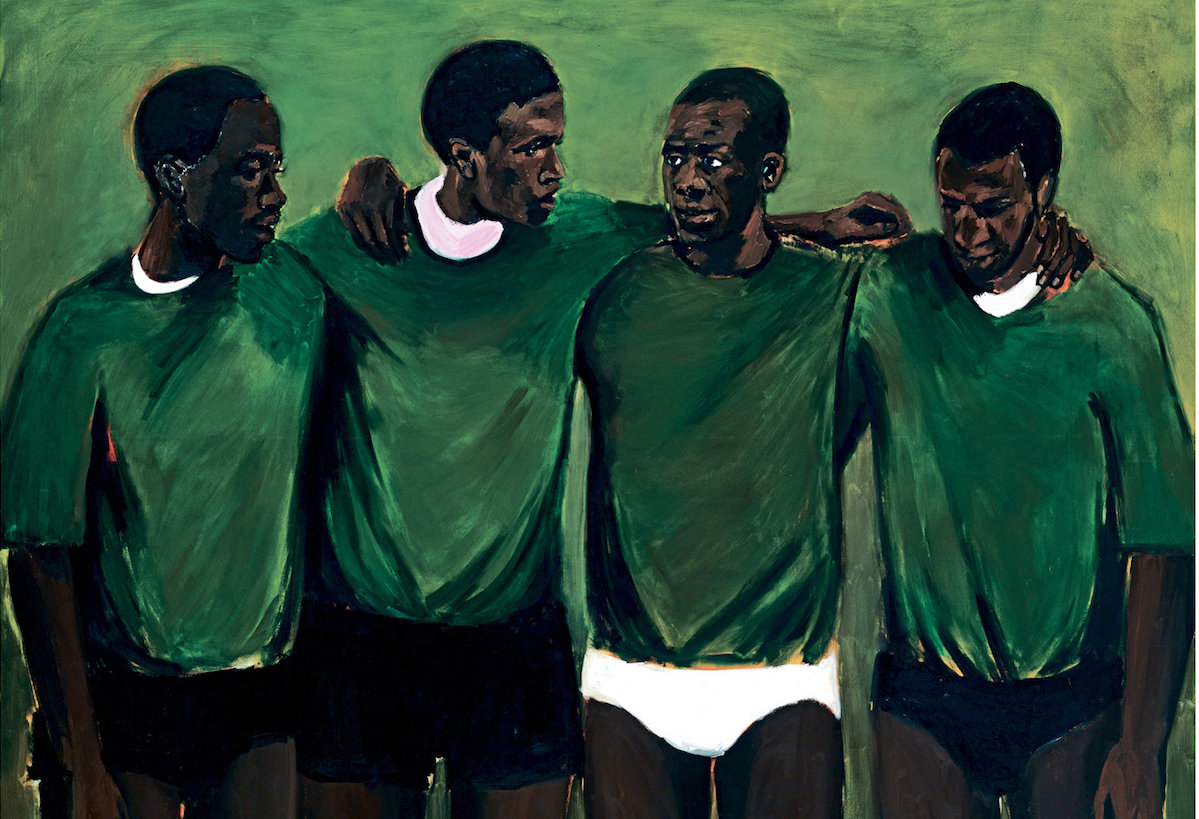Looking at official art galleries here in Britain (all temporarily closed as of this publication) – more especially at those situated in London – it is immediately evident that a revolution has taken place.
Take, for example, Tate Modern, Tate Britain, and closely aligned to these two, the Serpentine Gallery, and what does one find? Yes, each of these is currently hosting an exhibition of work by a Black female artist. Tate Modern offers work by the South African photographer Zanele Muholi. Also, an installation entitled Fons Americanus by the sculptor Kara Walker. Tate Britain hosts a show by Lynette Yiadom-Boakye – ‘enigmatic portraits of fictitious people’. The Serpentine has an exhibition of work by the American painter Jennifer Packer. The two bigger institutions, of course, offer other art by other hands as well, but the unanimity is somewhat startling.

It is also instructive to note a similarity of approach among the artists I have just listed. All are figurative. All are incredibly professional, fully in command of what they do. None of them, compared with the several generations of radical Modernists who preceded them, is in the least bit experimental. The Serpentine web-site, for example, describes Jennifer Packer’s show as containing ‘portraits of artists from [her] New York circle, monochromatic paintings, intimate interiors and flower still lifes’. In other words, they are the kind of thing you might expect to get from a member of the French turn-of-the-century Nabis group. Nothing more radical stylistically than that. The age of visual innovation is over.

What does matter now is the context. These are political offerings, meant to be seen within the framework not just of the gender of the artists who made them but also of the assertion that ‘Black Lives Matter’. From the late 18th century, that is to say from the time of J-L. David onwards, Western art has often had a politically radical edge, but this was usually in opposition to, not hand-in-glove with, the establishment in power at the time. The situation you see at the Tates, and also at the Serpentine, is quite a bit different. This not just some extremely competent figurative art with nothing scarily novel about it. It is also an officially sponsored, tightly controlled cultural product. Those directing the situation, rather than actually making the art, undoubtedly think of themselves as impeccably progressive. They are intent, however, on offering moral leadership to what they regard as an unenlightened audience. I suspect that art produced and shown in this paradoxical context will be better judged in hindsight.
Top Photo: Lynette Yiadom-Boakye Courtesy Tate Britain 2020

